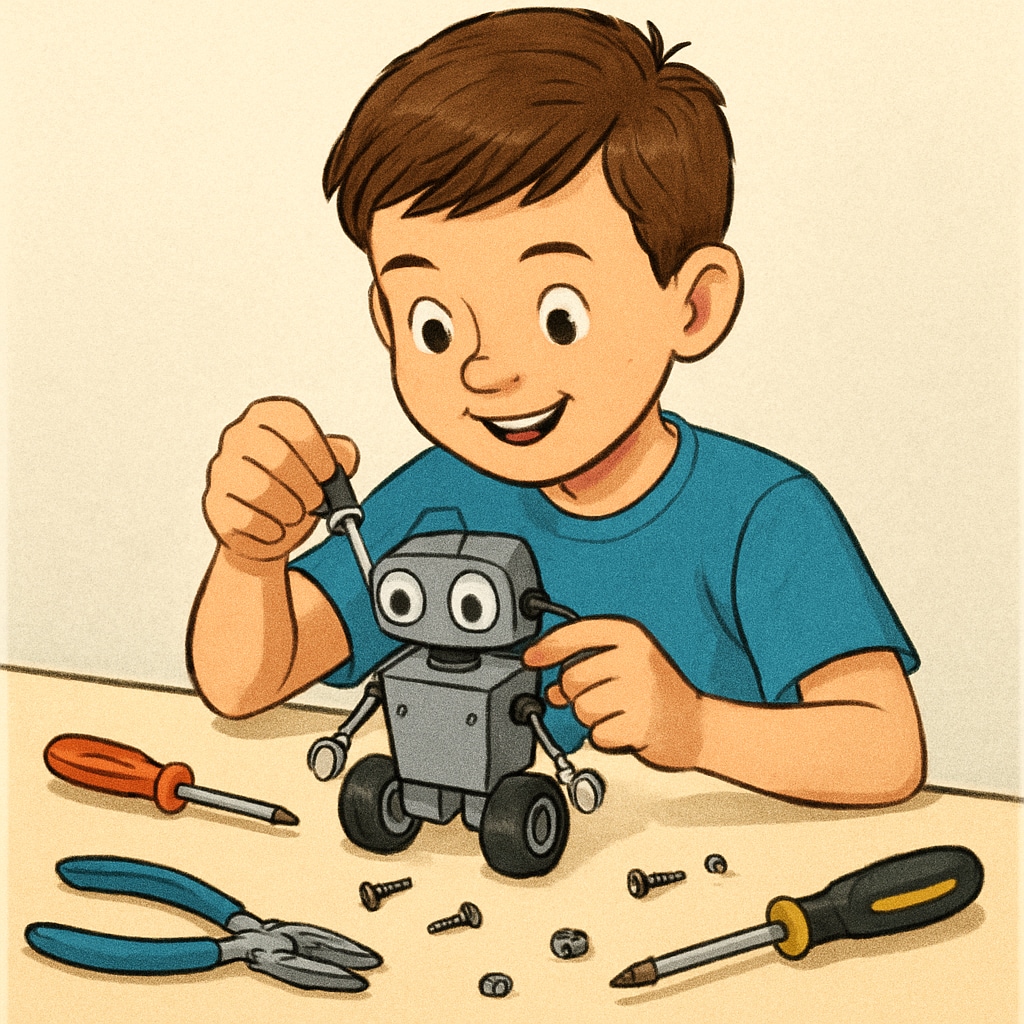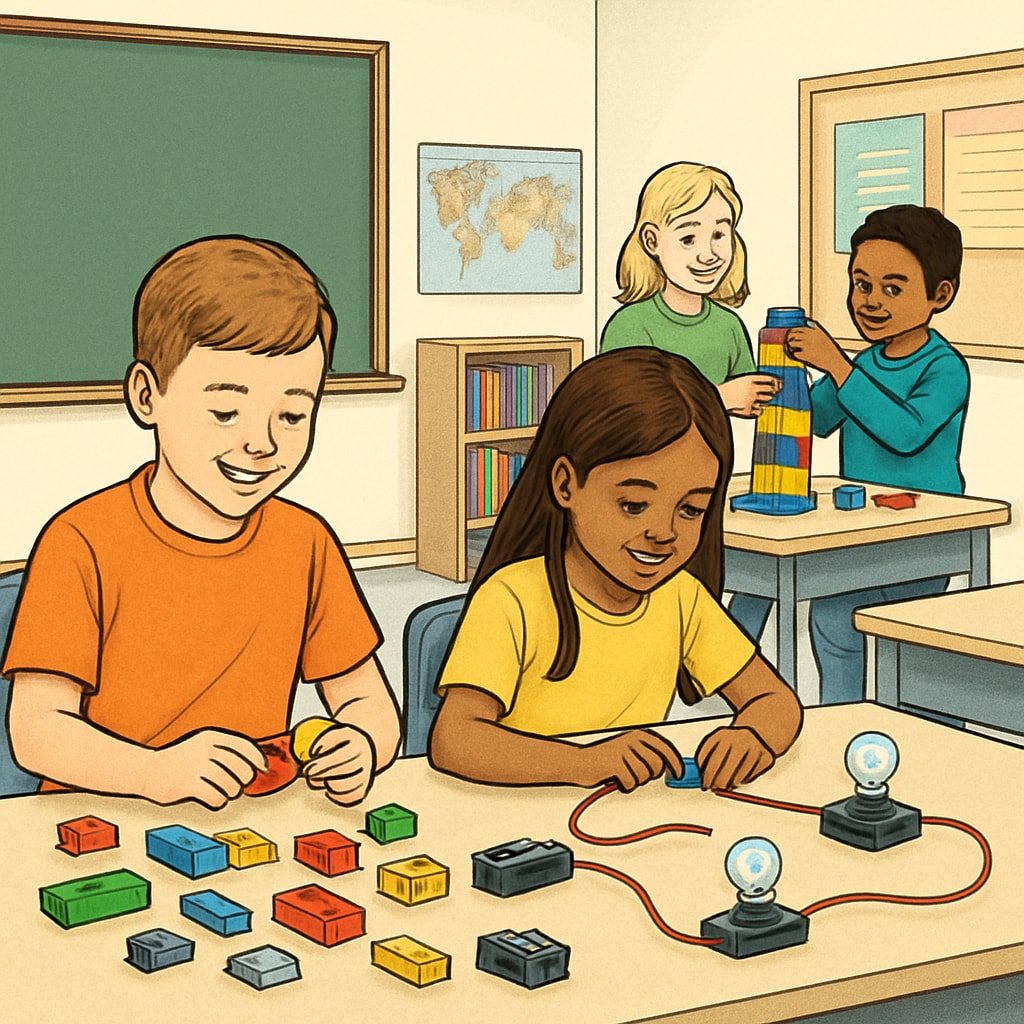When it comes to early education, not all children thrive under the same methods. For a four-year-old boy who is fascinated by circuits and robots but struggles to engage with traditional classroom learning, a tailored approach can make a world of difference. By focusing on creativity, education choices, and early development, parents can help nurture their child’s natural inventiveness while ensuring a well-rounded learning experience.
Why Hands-On Learning Sparks Creativity
Hands-on learning allows children to explore concepts through direct experience, making it an excellent choice for kids with a natural inclination for building and creating. Instead of passively absorbing information, children engage their senses and critical thinking skills to solve problems and innovate. For a child who prefers tinkering with circuits or assembling robots, this method not only reinforces their interests but also develops essential cognitive and motor skills.
Moreover, hands-on education helps to sustain a child’s curiosity. According to research, experiential learning boosts long-term retention and encourages active participation. For example, activities like constructing a simple robot or creating a basic circuit can teach foundational STEM (science, technology, engineering, mathematics) concepts in a way that feels like play.

Tailoring Education Choices to Preserve Creativity
Choosing the right educational pathway is critical for nurturing a child’s creativity. Traditional classrooms may focus heavily on structured curricula, which might stifle a hands-on learner’s innovative spirit. Instead, parents can explore alternative options such as:
- Montessori Schools: These institutions emphasize self-directed learning, allowing children to work on projects that align with their interests.
- STEM-Focused Programs: Look for early education centers that incorporate coding, robotics, and engineering activities tailored for young kids.
- Homeschooling: A customized curriculum at home can provide the flexibility to integrate hands-on projects with traditional academic subjects.
In addition, enrolling in extracurricular activities like maker spaces or science camps can provide further opportunities to explore their interests. These environments foster collaboration and expose children to like-minded peers, enriching their learning journey.

Balancing Creativity with Holistic Development
While nurturing creativity is essential, it’s equally important to ensure comprehensive early development. Social skills, emotional intelligence, and physical activity should be integrated into any educational plan. For example:
- Group Projects: Encourage collaborative activities where your child can work with others to build or create, fostering teamwork and communication.
- Physical Play: Activities like climbing, running, and jumping not only support motor development but also help children recharge their minds.
- Art and Music: Introducing creative outlets beyond STEM can develop emotional expression and fine motor skills.
By addressing these areas, parents can help their child grow into a well-rounded individual without compromising their innate inventiveness.
Resources for Parents of Inventive Young Learners
Parents looking to support their child’s hands-on learning journey have a wealth of resources at their disposal. Some options include:
- Montessori Northwest for insights into Montessori education.
- FIRST Robotics, which offers programs designed to introduce kids to robotics and engineering.
- Khan Academy Kids for free, interactive early education resources.
These platforms provide valuable tools to help parents create an engaging and stimulating learning environment at home and beyond.
In conclusion, the key to supporting a hands-on, creative four-year-old lies in embracing creativity, education choices, and early development as guiding principles. By choosing methods that align with their natural interests and ensuring a balanced approach, parents can empower their child to flourish both intellectually and emotionally.
Readability guidance: Short paragraphs, frequent use of lists, and strategic placement of images improve readability. Transition words like “moreover,” “in addition,” and “for example” ensure a smooth flow. Active voice is prioritized, and long sentences are minimized.


